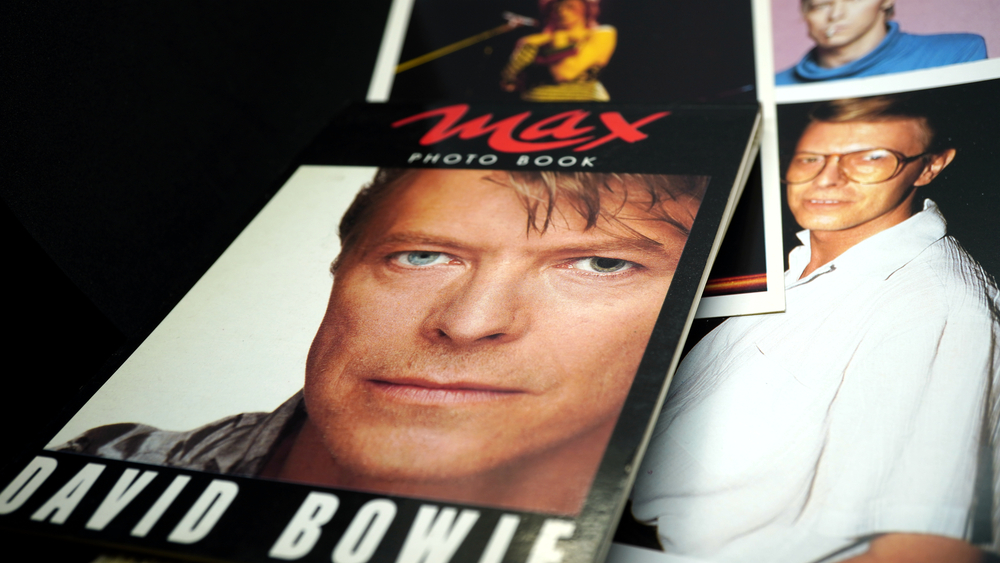Minimizing Estate Taxes Many people assume that when they establish a revocable living trust, property…

Starman’s Legacy: What We Can Learn from David Bowie’s Estate Planning
When David Bowie passed on January 10, 2016, at age 69, he left behind a well-structured estate plan. Estimated at around $100 million, his estate included carefully considered allocations, trusts, property bequests, and even instructions for his ashes. Bowie’s approach offers valuable lessons for anyone looking to protect their legacy.
Bowie’s Estate: Facts and Figures
- Estate value and distribution
Bowie’s estate was valued at approximately $100 million, which he divided as follows:- 50% (including his SoHo apartment) went to his widow, Iman, via a marital trust
- 25% outright to his son Duncan Jones
- 25% to his daughter Alexandria (“Lexi”) Zahra Jones, held in trust until she came of age
Additionally, Bowie left $2 million (plus shares in Opossum Inc.) to long-time assistant Corinne “Coco” Schwab, and $1 million to former nanny Marion Skene
- Ashes and spiritual wishes
A devout Buddhist admirer of Bali, Bowie requested his body be shipped to Bali for cremation according to Buddhist rites, or failing that, that his ashes be scattered there. This wish was honored in a ceremony
Trusts vs. Wills: Estate Planning Insights from David Bowie
Contrary to many online assumptions, Bowie did use trusts:
- A QTIP (Qualified Terminable Interest Property) marital trust provided for Iman during her lifetime, with the remainder to the children after her passing
- Lexi’s share was held in trust until she reached adulthood; Duncan’s portion was disbursed outright
That said, Bowie did not utilize a revocable living trust to avoid probate. Instead, he relied primarily on a will, making his estate subject to New York probate—which meant public disclosure of his will’s contents
What Bowie Got Right
- He clearly documented his wishes—leaving nothing to chance or dispute, preventing the chaos seen in cases like Prince’s estate .
- He used marital and minor-child trusts—opting for a QTIP for Iman and a protective trust for Lexi
- He balanced personal and sentimental instructions—from monetary gifts to staff, to his wishes for his ashes—ensuring his legacy reflected his values).
🚫 Where the Plan Fell Short
- Probate remained unavoidable. Because a traditional will was used instead of a revocable living trust, Bowie’s estate became public record, subject to delay and administrative costs).
- Greater protection was possible. Estate planners note that trusts could have offered better privacy, creditor protection, and tax optimization, particularly for Lexi and Duncan
Lessons for Your Estate Plan
- Use trusts strategically. Learn from Bowie: marital and minor-child trusts can safeguard loved ones—but if privacy and smooth asset transfer are important, consider adding a revocable living trust.
- Document your personal wishes. Whether it’s a property, a sentimental bequest, or final-arrangements preferences—spell it out clearly.
- Engage professionals. Bowie’s plan reflects collaboration with attorneys and financial advisors—a smart step for anyone’s estate planning.
Conclusion
David Bowie’s estate plan reflects the thoughtful, creative mind behind his art: structured, personal, and protective. But even his blueprint highlights how probate can expose details and delay transfer. By combining the clarity of his will-based trusts with a revocable living trust, you can build an estate plan that’s private, tax-efficient, and aligned with your values—just like the legend himself might’ve done.
Ready to secure your legacy? Contact us today for a personalized estate planning consultation.



